How to grow your own rosemary — any why you'll fall in love with it when you do
Mark Diacono explains what you need to know about growing your own rosemary, from the best varieties to wonderful ways to use the final plant.
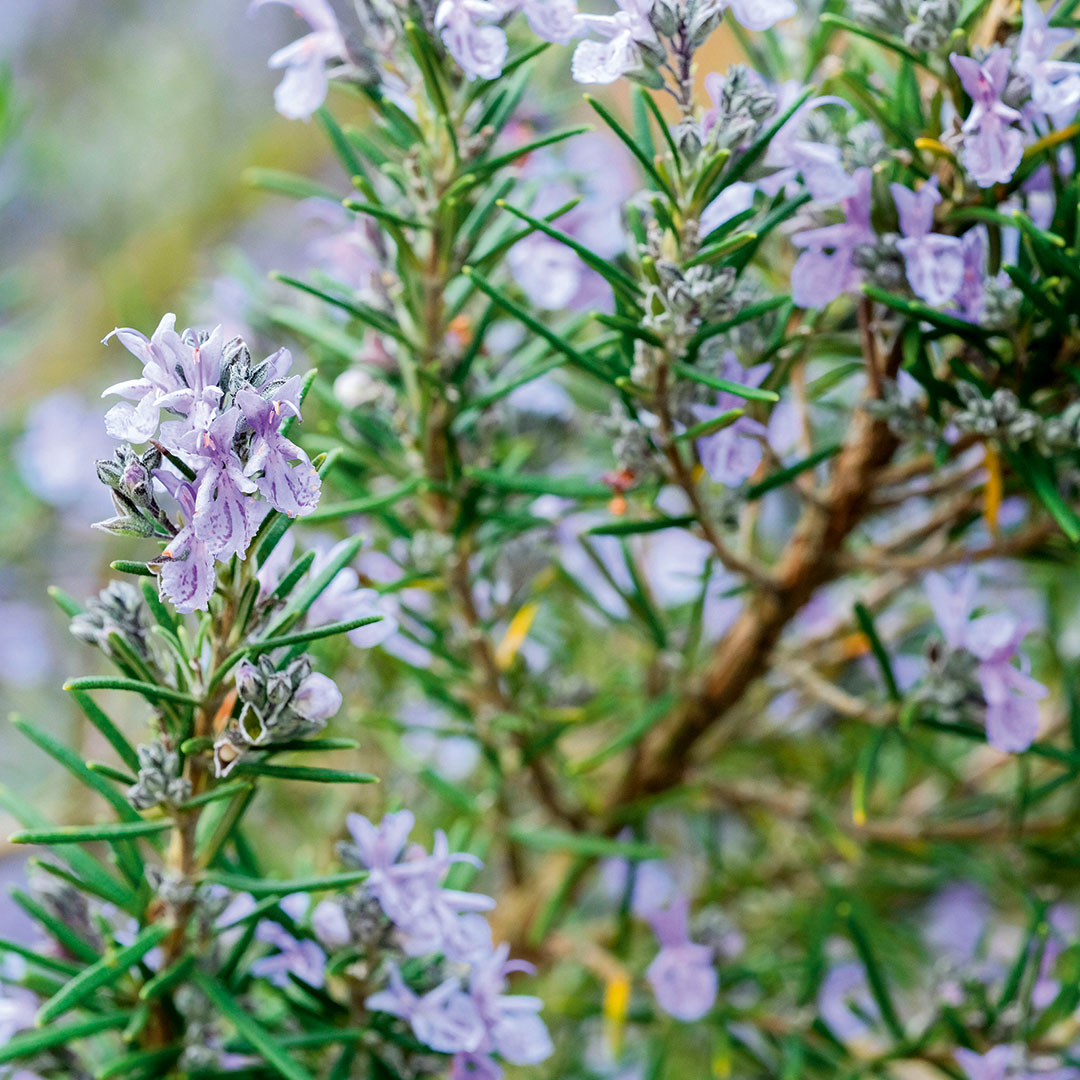

I’ve fallen newly in love with rosemary. I can be as distracted as anyone by new varieties and, this spring, I confess the wide pots of mint, the lemon verbena and the bergamot coming back enthusiastically as the days stretch and warm have each stolen my attention, but when the spring sun came out, and its dense peppering of beautiful blue flowers draw clouds of grateful early pollinators, I remembered how much I value rosemary.
I turn to its comforting piney-bright scent and bittersweet, resinous flavour in the cold months, when roasting everything from potatoes to monkfish to rhubarb. Rosemary might be the only herb I’m prepared to dash outside for in a serious downpour and my renewed enthusiasm has shown me that I don’t have enough of it. Rosemary may be hardy and resilient, but it grows more slowly through winter and frequent picking risks the plants taking a hit that takes time to recover from. I need more plants.
I have four varieties coming, each chosen for a particular task. I’ve picked ‘Miss Jessopp’s Upright’ for its bold, vertical habit; it has darker needles than most that contrast with its pale blue flowers. It gets to about 3ft in height and spread, which will provide a strong backdrop for other plants.
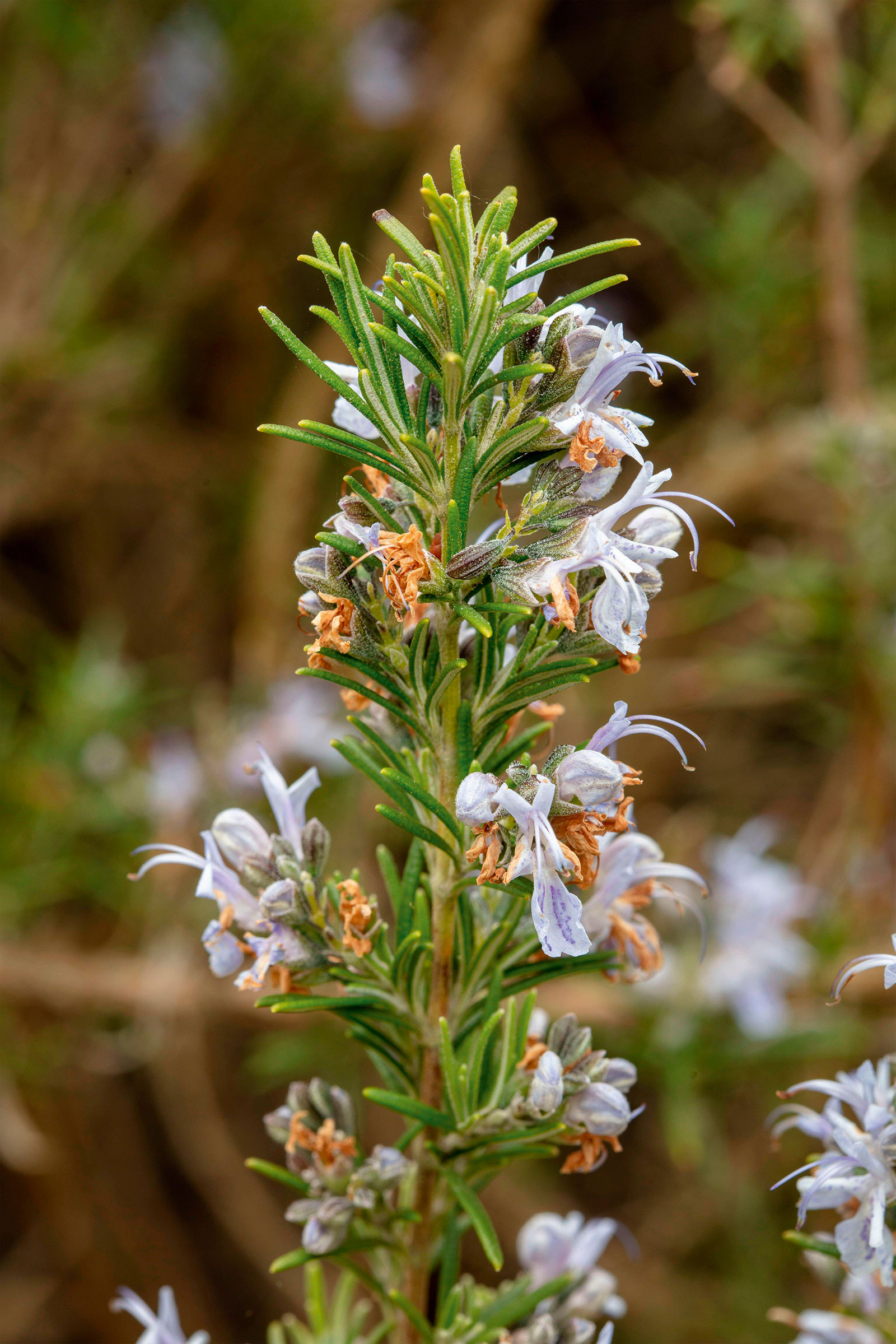
‘Jekka Blue’ is destined for a sunny spot near the path for easy picking, interplanted with lavenders in the sunniest, most well-drained part of the garden. It has much darker flowers than ‘Miss Jessopp’s Upright’, grows to two-thirds the size and has an arching character to its upright stance.
I’ve also chosen a few trailing rosemarys to soften the blunt face of a high retaining wall; they’ll enjoy the free drainage and full sun, and I’ll enjoy their softening presence. Trailing rosemarys typically grow only to a foot tall, but should dangle over the wall’s edge by perhaps twice that.
The final variety — ginger rosemary — is perhaps my favourite. Although I’ve taken cuttings from the plants by the back door, my consumption is such that I need a few more established plants, too. As shocking as flavour variations of herbs can be — yes banana mint, I’m looking at you — there is the occasional extraordinary exception, and none is better than a ginger rosemary such as ‘Green Ginger’ (pictured at the top of the page).
It suits every culinary use to which rosemary is commonly put, but it particularly excels cooked with rhubarb or infused in sugar syrup to use in cakes or cocktails. I couldn’t be without it and neither should you. It can naturally turn a little yellower than other varieties, but this is nothing to worry about: I’ve got into the habit of giving all my rosemarys — especially those in containers — a fortnightly feed through spring and summer to keep them healthy and productive.
Exquisite houses, the beauty of Nature, and how to get the most from your life, straight to your inbox.
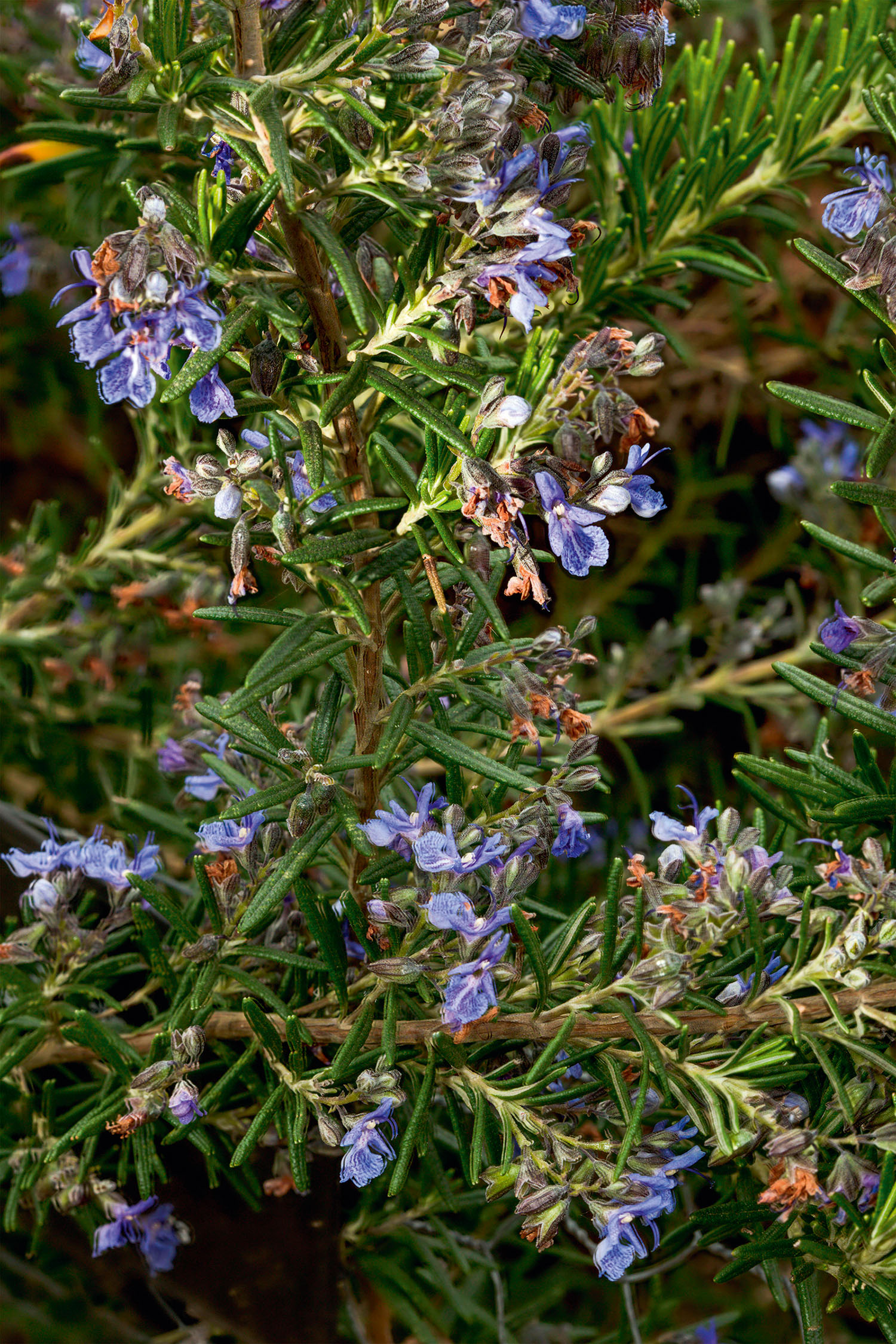
Many of us use rosemary when roasting meat, fish or vegetables, but it has much more to offer through the year. Even the coarsest, least-promising winter stems are worth getting drenched for, given their flavour when roasting, in breads such as focaccia and for poaching fruit, whereas the new season’s growth is soft and sweet enough to be finely chopped into a pasta sauce or shortbread mix.
As with most woody herbs, rosemary infuses beautifully: milk, cream, vinegar, oil and sugar syrup all take on its character readily. Such is rosemary’s affinity with heat, I’ll plant one of the new plants near the barbecue, as it particularly suits cooking over charcoal: a few stems on the barbecue’s grill flavour whatever you are cooking and they make great skewers for kebabs of any kind.
The first time I use rosemary in spring, it is the flowers I pick. They carry a sweeter version of the leaves’ familiar flavour, and a handful is so good infused in honey, or scattered on leafy salads and over cakes and other puddings.
Rosemary’s flavour and scent varies in intensity depending on variety, season, and the height of the sun so trust your senses about how much to use. I mentioned propagating rosemary from cuttings; there are a few ways of doing this, and my preferred way is taking semi-ripe cuttings in late summer into early autumn. Take a look online for a step-by-step guide (our sister site, Gardening Etc, has one). It is especially easy with rosemary, and the success rate is pretty high.
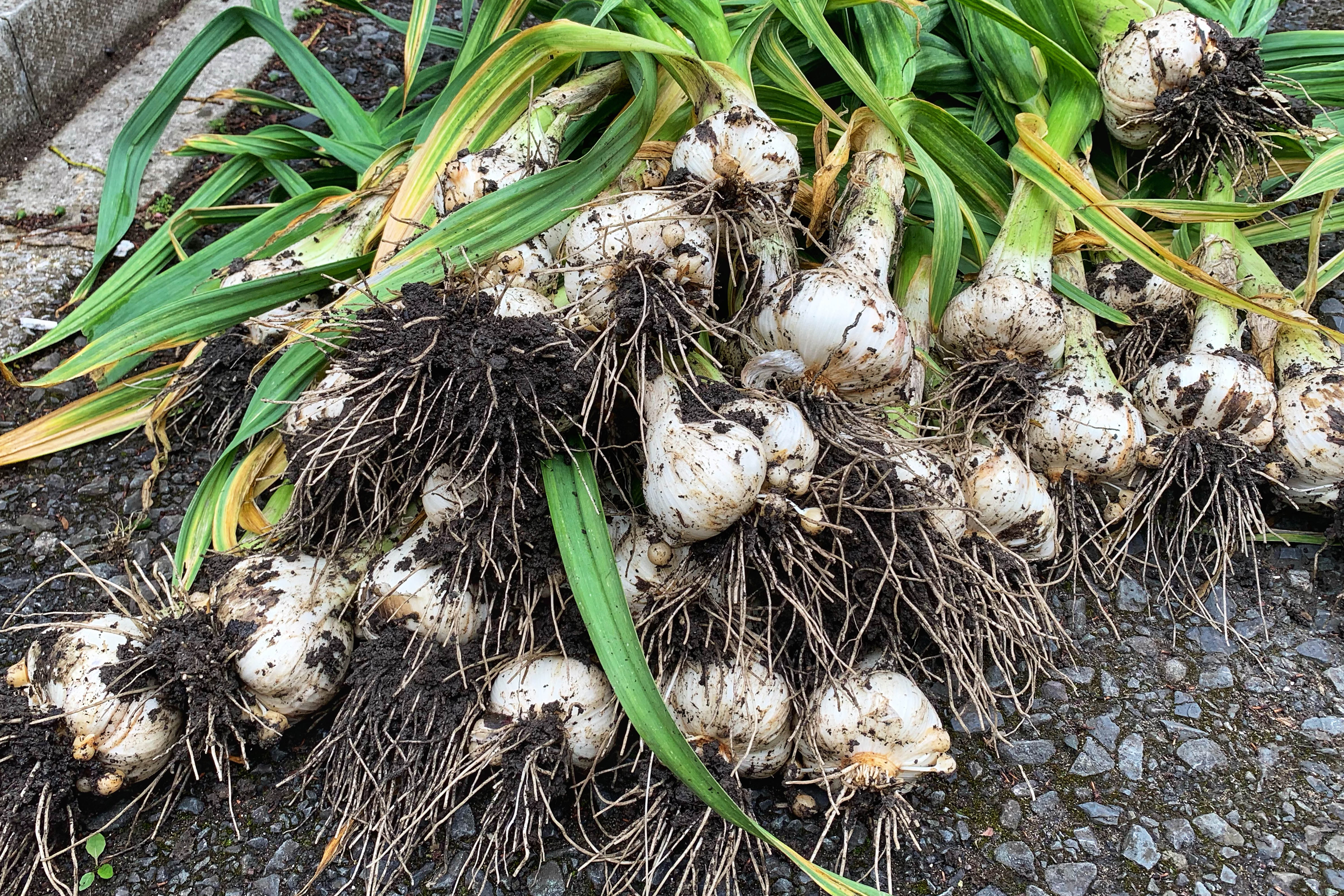
Credit: Getty Images
How to grow garlic: Delicious, lucky and superbly easy to cultivate
Mark Diacono teaches us how to grow garlic.
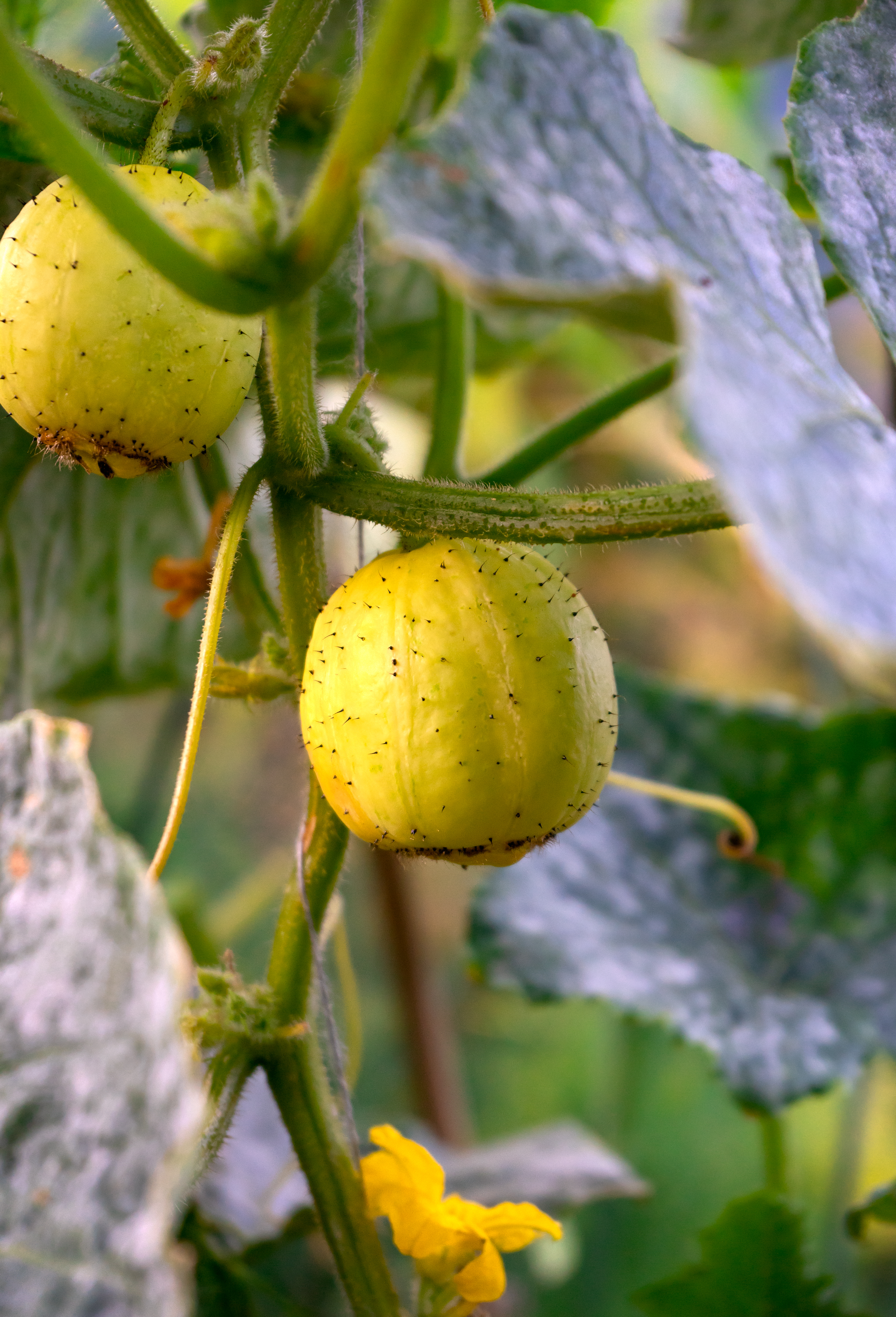
Everything you need to know to grow your own cucumbers
Food writer Mark Diacono shares his tips on how to grow cucumbers and three of his favourite varieties to try.
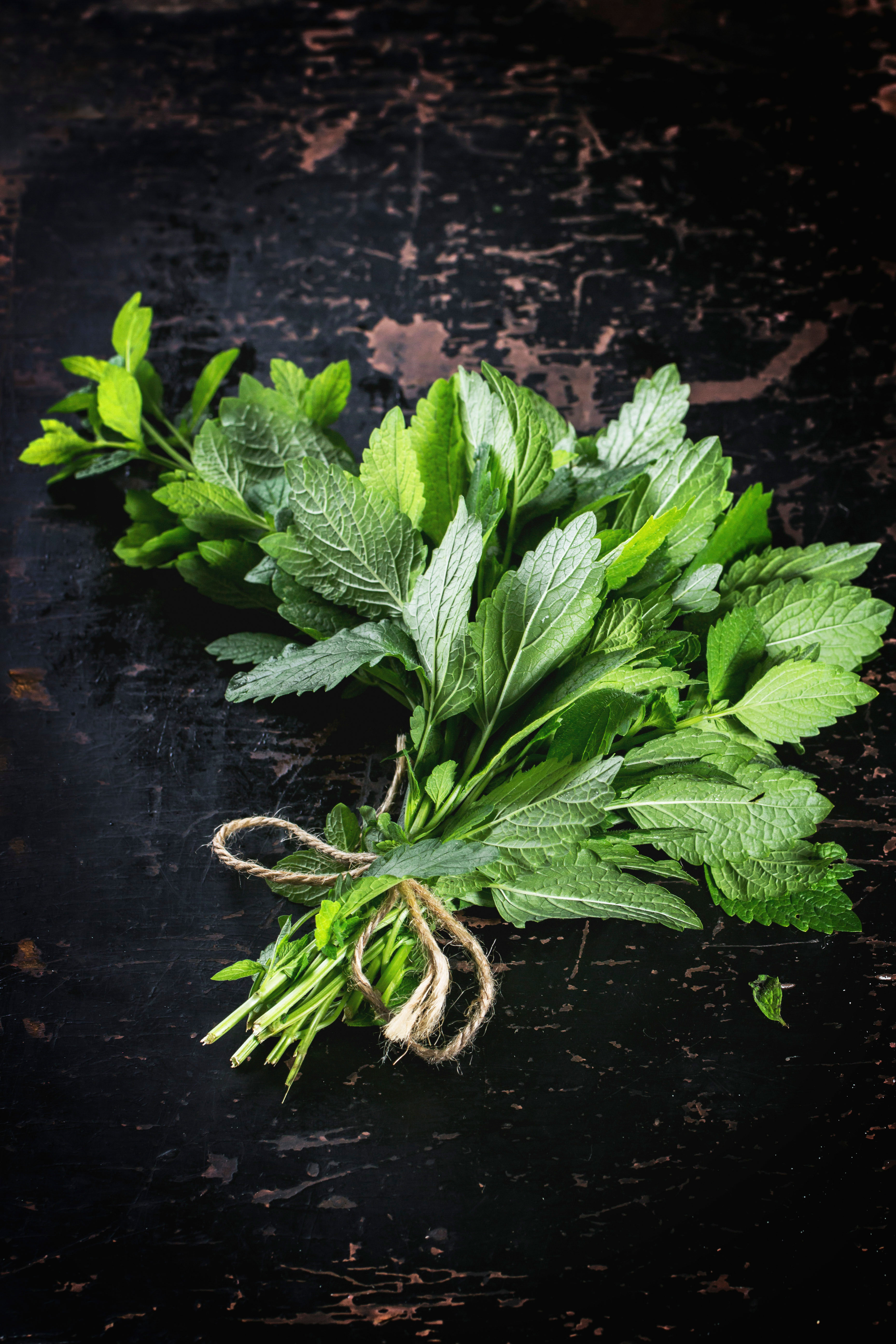
Credit: Alamy
Cultivating mint: What varietals to plant, where to plant them and whether they should be used for jelly or juleps
Mark Diacono explains why mint is for even the incurably incompetent horticultural enthusiast.
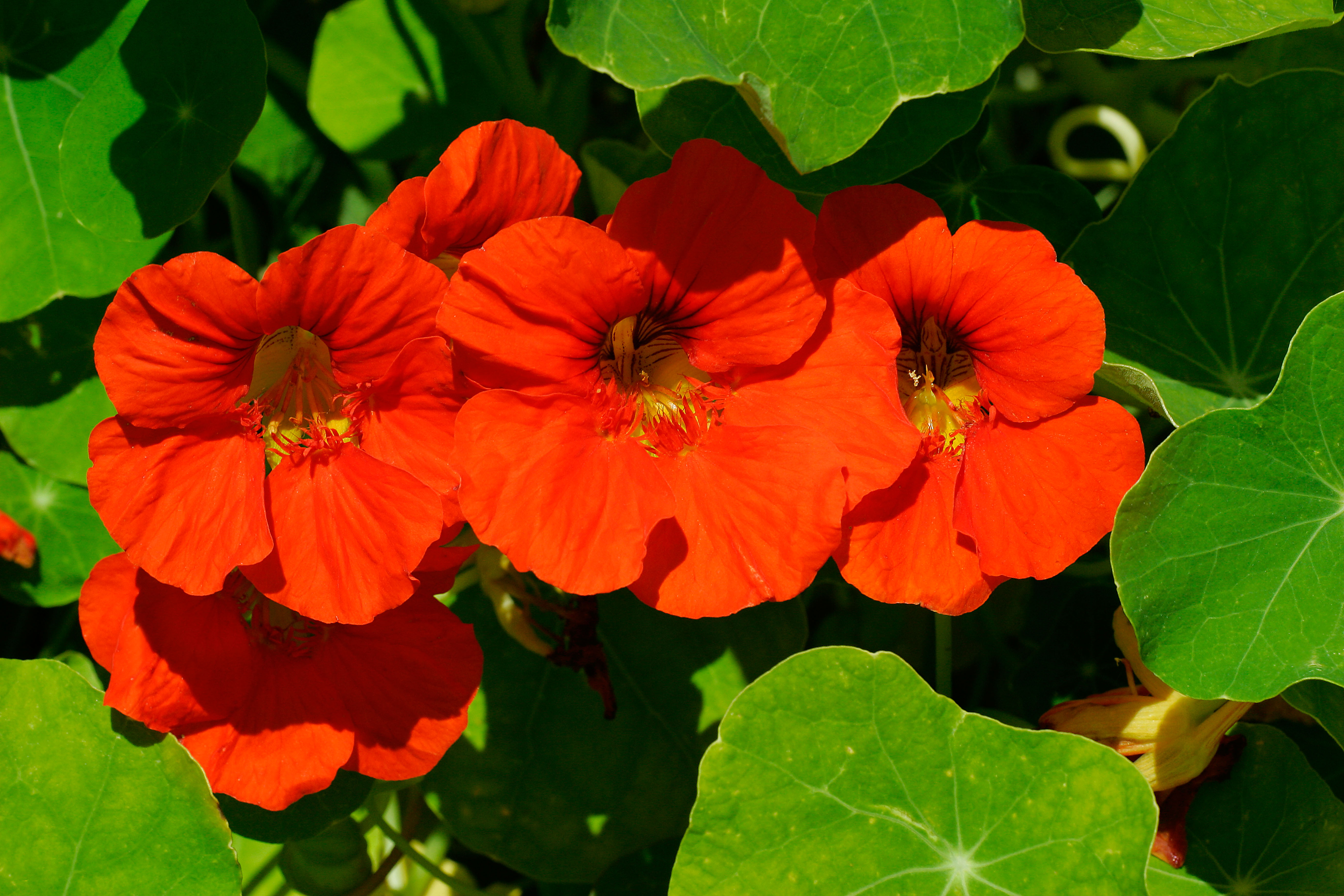
Credit: Alamy
The top salad leaves to grow in your garden for summer garnishes
Mark Diacono tells us his top salads to plant to accompany barbecues this summer season.
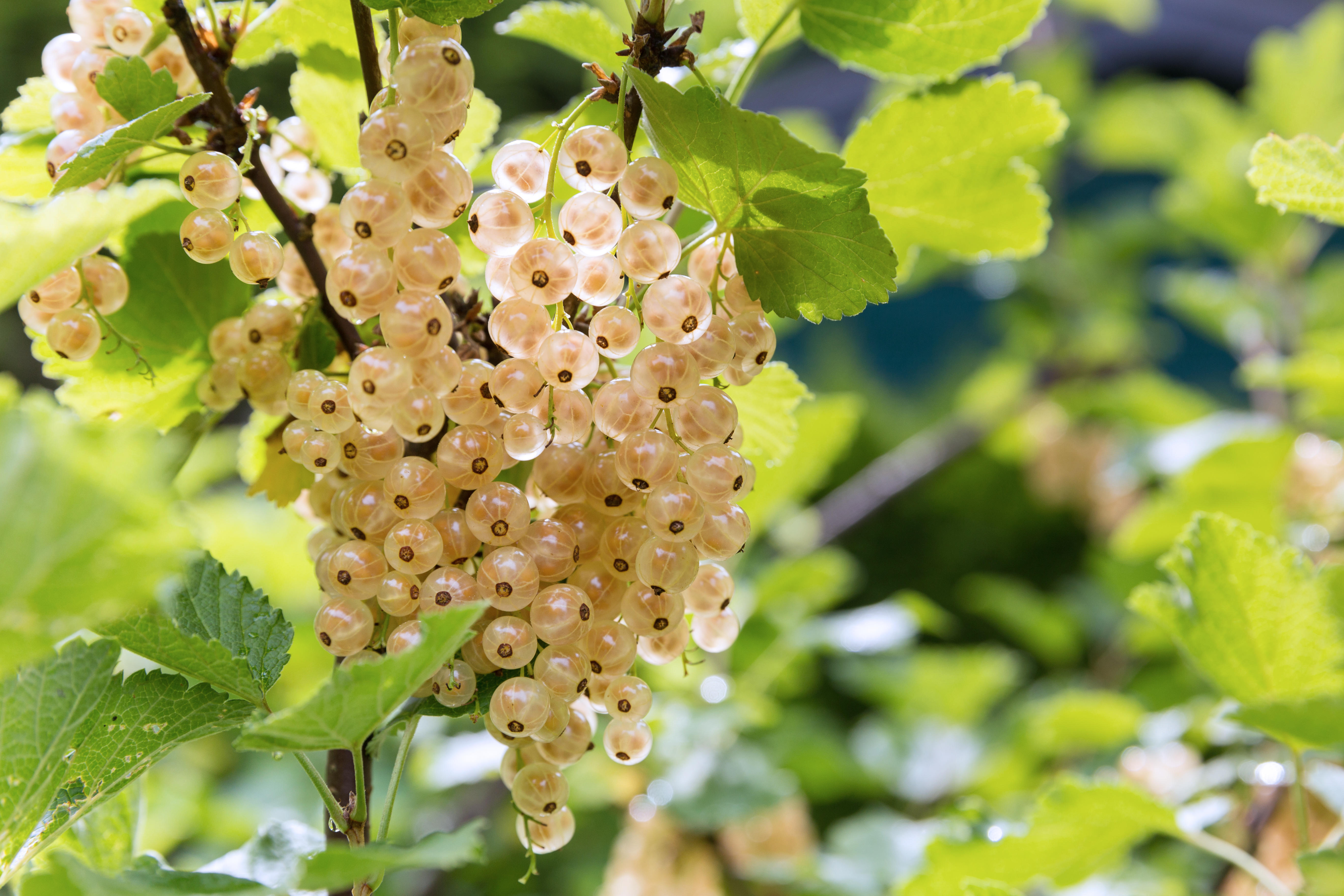
How (and why) to grow your own white currants: 'Scatter them over a knickerbocker glory'’
Mark Diacono shares his top tips on how to plant white and red currants, which varieties to choose — and
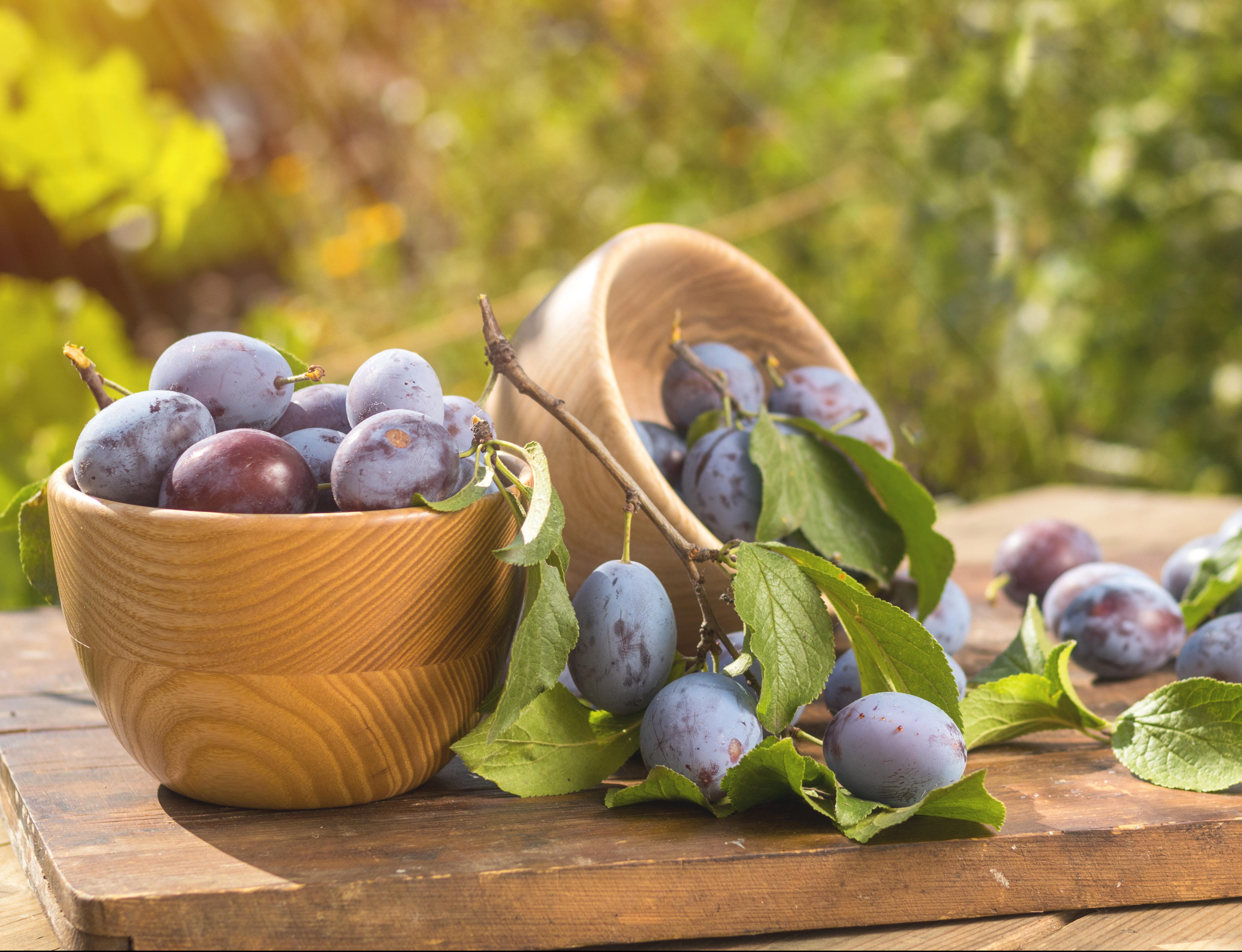
Plums to grow, plums to show, and plums to pop in your gin
Mark Diacono picks his favourite plums — and their close relatives, damsons, mirabelles, bullaces and gages.
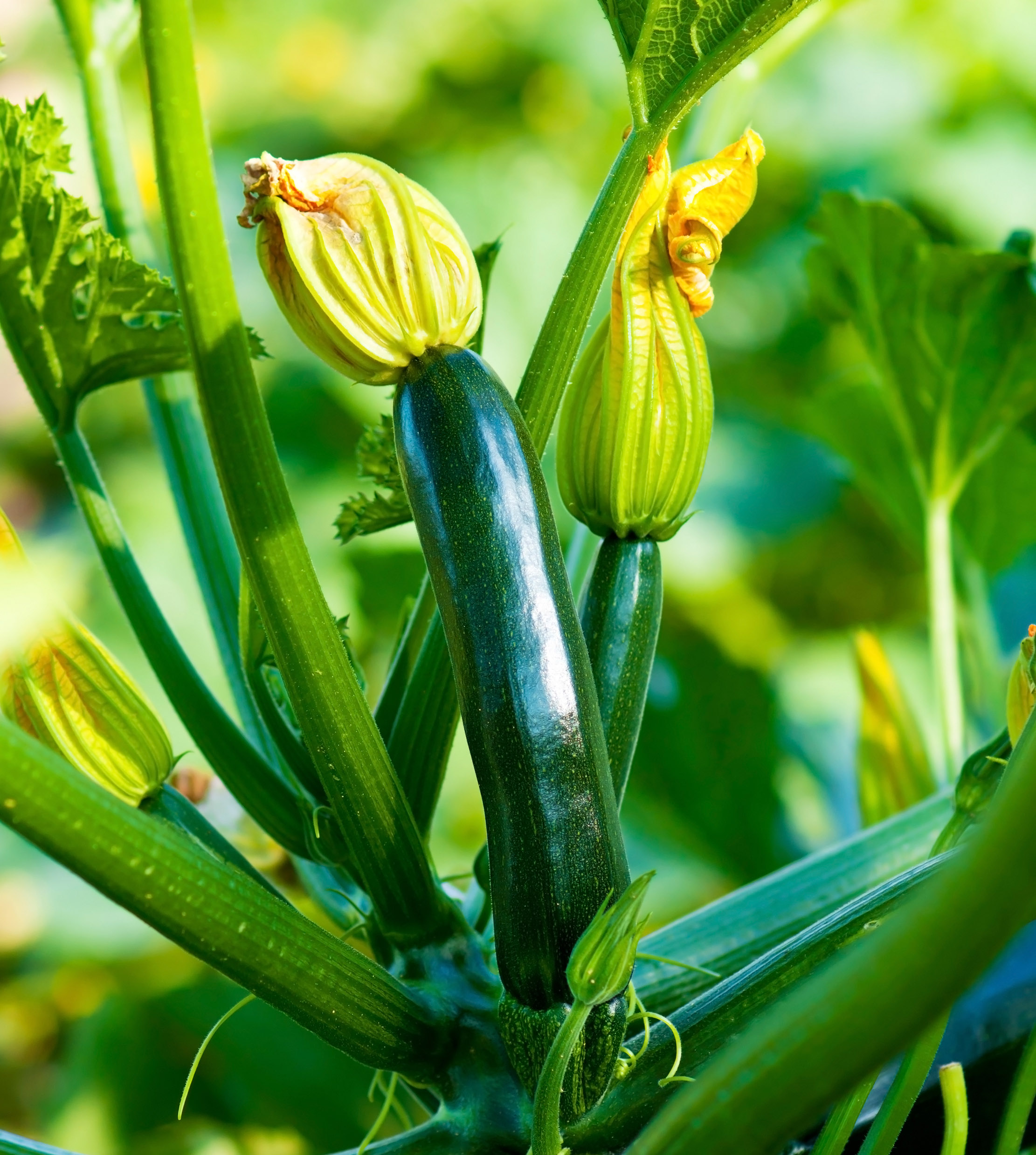
Credit: Getty Images/iStockphoto
Grow your own courgettes: What to plant, when to plant it... and why size really does matter
Mark Diacono shares his tips on the surprisingly simple yet hugely rewarding art of growing courgettes.
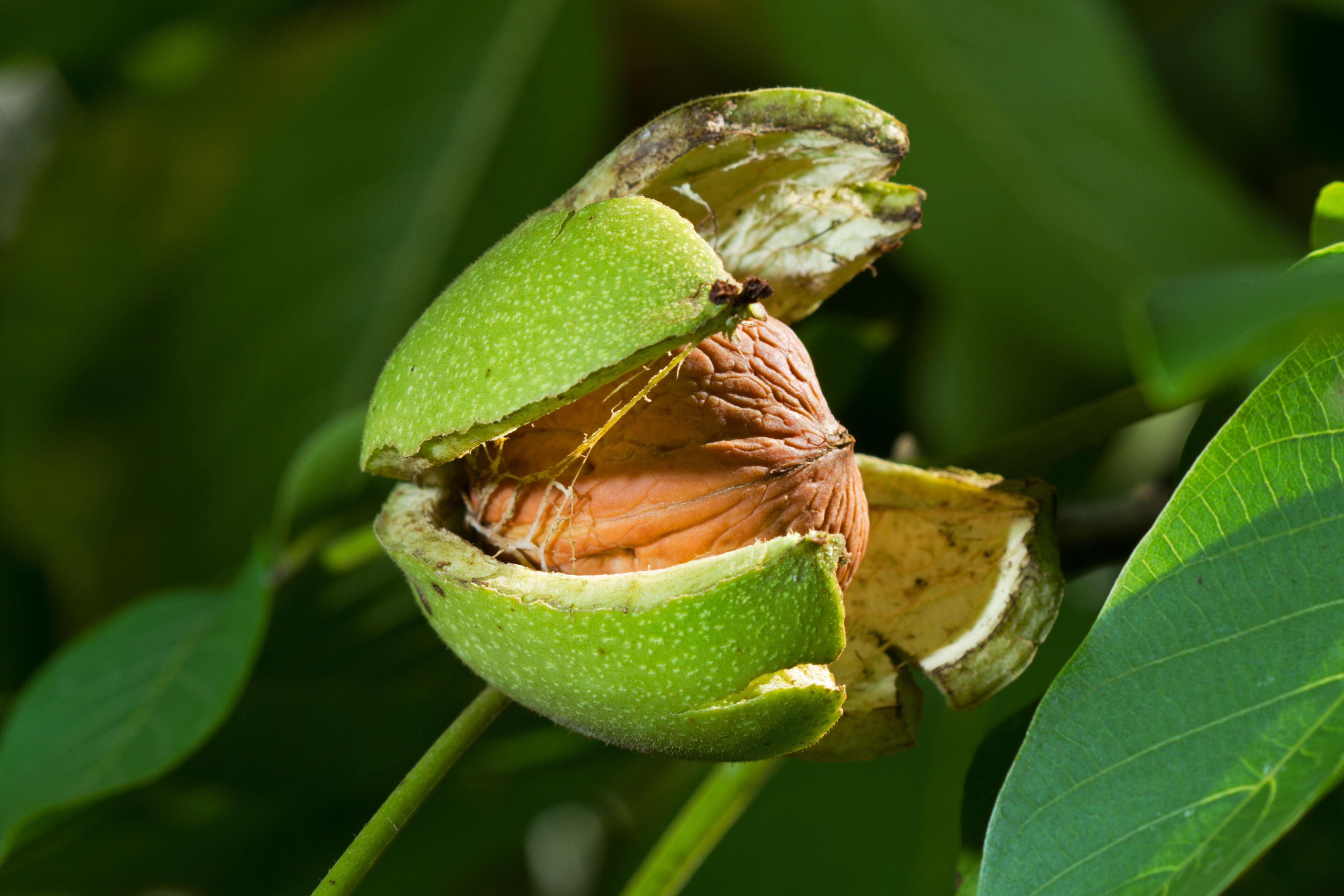
How (and why) to grow walnuts in your garden
From making a delicious aperitif to enjoying the citrusy scent of their leaves, there are plenty of reasons to plant
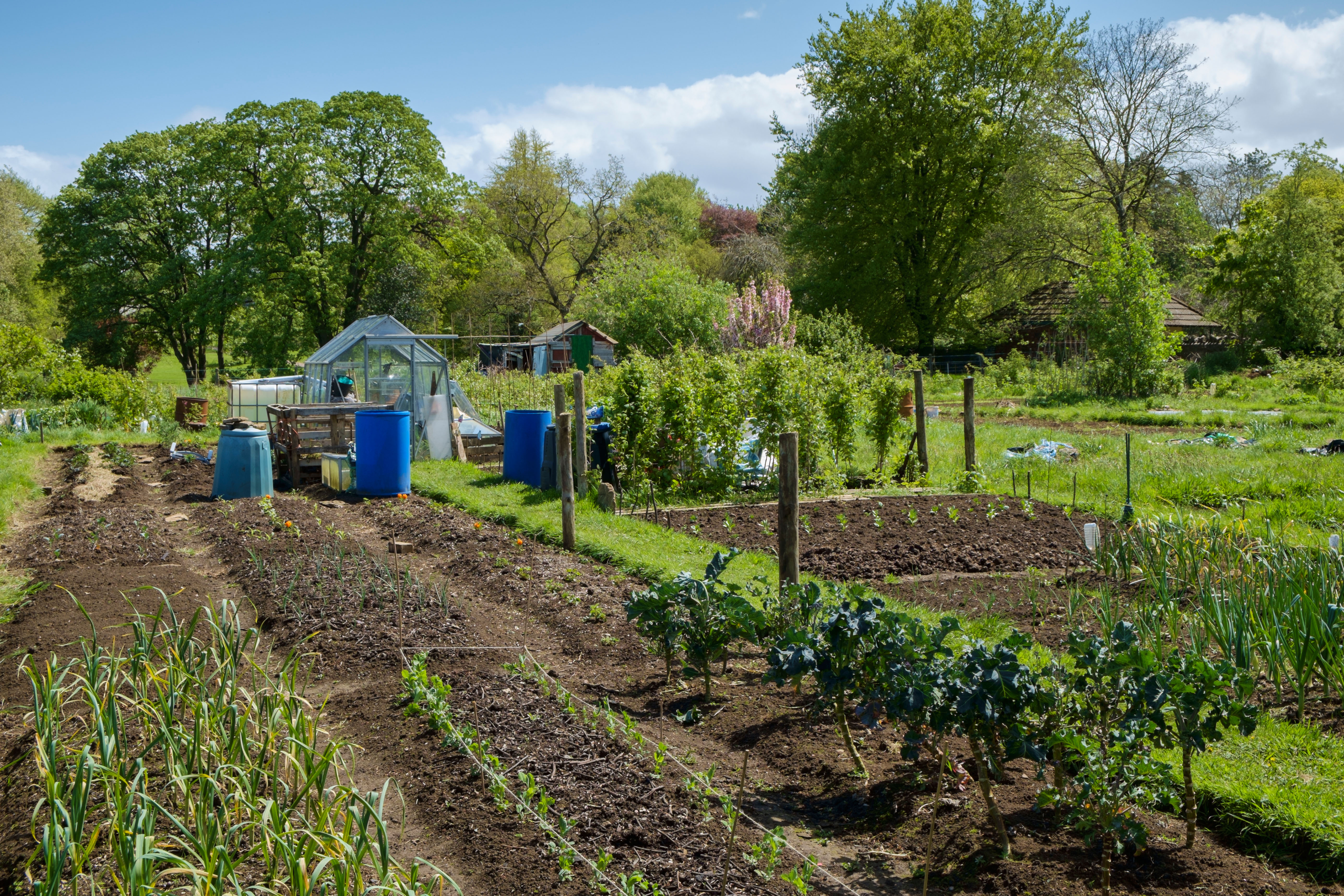
Why you shouldn't grow onions on your allotment — but if you do, go for these really exceptional ones
Mark Diacono takes a look at allotment logic, and shares his formula for what you should and shouldn't spend your
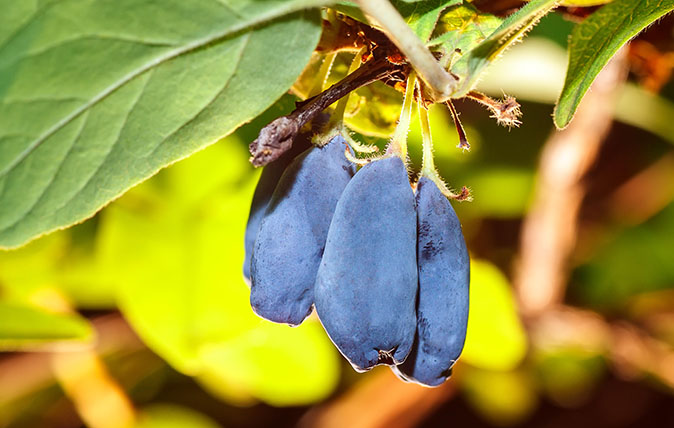
How to enjoy home-grown berries for seven months of the year
Mark Diacono offers us some berry good advice for enjoying our breakfast favourites, whatever the season.
Mark is lucky enough to spend most of his time eating, growing, writing and talking about food. He has written fourteen award-winning books, including A Year at Otter Farm and A Taste of the Unexpected (both won Food Book of the Year, and Garden Book of the Year). Known for growing everything from Szechuan pepper to pecans to Asian pears, Mark's refreshing approach to growing and eating has done much to inspire a new generation to grow some of what they eat. He was involved in the early days of River Cottage, appearing in the TV series, and writing four River Cottage books. Mark writes to a global audience on his best-selling Substack: Mark Diacono’s Abundance.
